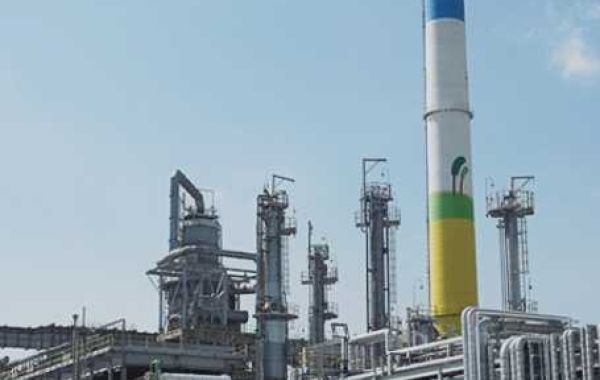The global demand for crude oil continues to rise, leading refineries to explore alternative sources, including high-acid crude oils (HACs). These crudes contain high levels of naphthenic acids (TAN – Total Acid Number 1.0), making them cheaper but more challenging to process in conventional distillation units. While they offer economic benefits, their processing presents several technical and operational difficulties.
1. Corrosion and Equipment Damage
The primary challenge with high-acid crudes is their corrosive nature. Naphthenic acids become highly reactive at temperatures above 220°C (428°F), attacking carbon steel and other materials in distillation units. This leads to:
Severe corrosion in vacuum and atmospheric distillation columns, especially in high-temperature zones.
Damage to heat exchangers, pipelines, and condensers, increasing maintenance costs.
Potential leaks and safety hazards, requiring frequent inspections and material upgrades.
2. Fouling and Coking
High-acid crudes often contain impurities that contribute to fouling and coking in distillation units. These deposits:
Reduce heat transfer efficiency in preheat exchangers.
Increase pressure drops, leading to operational inefficiencies.
Require frequent shutdowns for cleaning, reducing refinery throughput.
3. Poor Product Quality
The acidic compounds in these crudes can degrade product quality, leading to:
Higher sulfur and acid content in distillates, requiring additional hydrotreatment.
Unstable fuel products that may not meet industry specifications.
Increased refining costs due to the need for additional processing units.
4. Limited Compatibility with Existing Refinery Configurations
Many refineries are designed for low-TAN crudes and lack the necessary infrastructure to handle high-acid feeds efficiently. Modifications such as:
Installing corrosion-resistant alloys (e.g., stainless steel, titanium-lined equipment).
Adding desalting and neutralization units to reduce acid content.
Implementing advanced monitoring systems to detect corrosion early.
Conclusion
While high-acid crudes offer cost advantages, their processing in conventional distillation units presents significant challenges, including corrosion, fouling, and product quality issues. Refineries must invest in material upgrades, pretreatment technologies, and advanced monitoring to mitigate these risks. As crude slates continue to diversify, developing efficient processing strategies for high-acid oils will be crucial for sustainable refinery operations.








